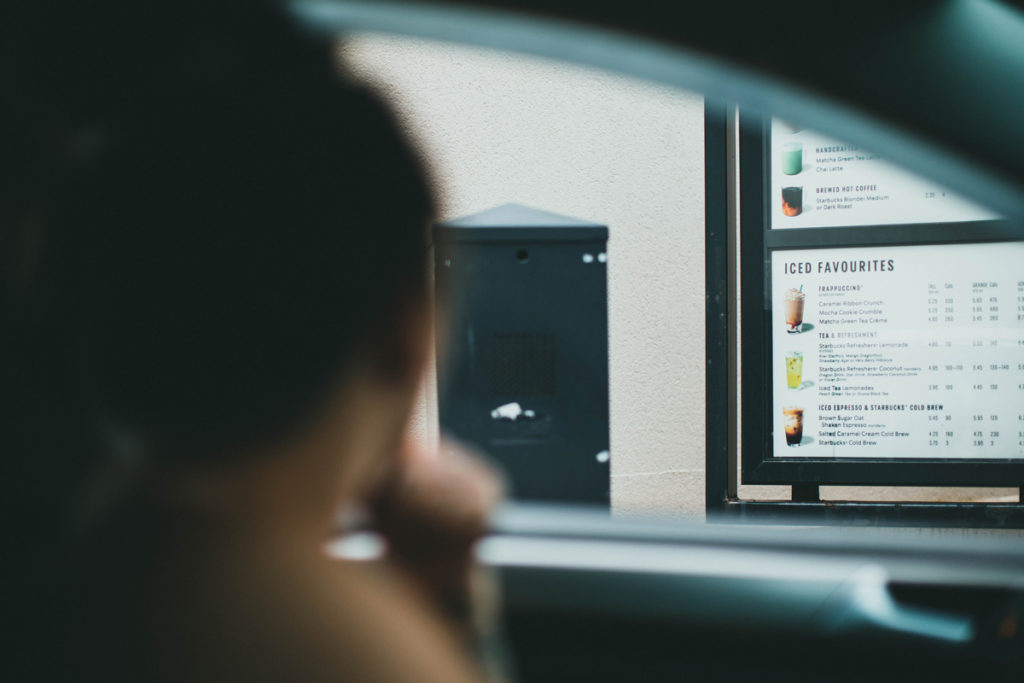We scratched our heads often in 2022, wondering where things went wrong.
In the wake of inflation, shoppers cut down on spending this year, with November 2022 retail sales falling 8% short of last year’s totals and even the almighty Amazon shuttering many of its stores. It was a year of uncertainty—and 2022 will certainly go down as a year in which many retailers played it safe.
It wasn’t all doom and gloom though, and for restaurants, business is booming. The restaurant industry grew nearly 11% this year, and the grocery/convenience category isn’t far behind.
Let’s look back at 2022 with the gift of hindsight, and make a few predictions for the year to come. Chute Gerdeman Senior Designer of Brand Environments Richie Le offers his insights on the opportunities, and the trends retailers will resolve to address in 2023.

New Year’s Resolutions
While we can only predict what is in store for retail in 2023, we can offer some advice for brands to put their best foot forward in the new year. Here are our suggestions for the top Retail Resolutions:
- Motivate your employees to champion their brands—front-line retail employees should be rewarded for the impact they have on the ever-so-important customer experience.
- Stand for something in the new year. Find your platform and use your voice to inspire new consumers.
- Pinpoint that magic je ne sais quoi that makes customers crave your brand experience.

“Humans are a commodity in the physical retail space these days. Design in 2023 will begin to leverage human talent and bring expertise and finesse to experience design. It also helps when people can physically be your brand and carry that voice to your customers.”
- Richie Le
Human Talent is a Commodity
Retail in general, is flat-out struggling to retain talent. In 2022, there was a 69.7% turnover rate in the retail industry, an almost unbelievable number. How will retail solve this problem in 2023?
Think digital transformation is the key? Not so fast. In 2021 and 2022, new store designs favored more tech and digital integration, which simultaneously cuts labor costs. In contrast, we continue to see successful brands like Trader Joe’s and Chick-Fil-A dominate their categories with a low-tech, high-personal-touch approach.
Walmart and many other retailers are struggling to keep costs down, mainly due to theft and loss of talent. It’s estimated that Walmart loses $3 billion yearly to theft, and self-checkout, paired with a lack of human security, is part of the reason why. The cost of onboarding new employees at these unbelievable turnover rates is staggering and unsustainable.
“There is something homey and nostalgic about small businesses. We all love to support an individual when we can. People aren’t eating out as much right now, so when they do, they want to make it meaningful. There is something special about small businesses, especially ethnic restaurants, that are unapologetically themselves. We can’t help but love these kinds of things, and many restaurants aren’t driving shoppers inside because they don’t have that nostalgic, special, uniquely ownable experience that a small business owner may have. There’s a sweet spot for a restaurant, probably about 3.5 stars on yelp, that isn’t too nice, too chic, or too unpleasant for someone. Those are the restaurants with character.”
- Richie Le
A Small Business Renaissance
Restaurants and grocery have stayed relatively strong amid the retail and economic chaos of late, but the mechanisms driving restaurant growth continue to change. As the experience economy rages on, consumers want to spend their dining dollars and time in a meaningful, unique, or special restaurant. That doesn’t necessarily mean more expensive—just more charming, more memorable, or more adventurous. When they are not enjoying these dining experiences, they take it to the drive-thru.
Recently, we sat down with nearly 50 restaurant franchisees, to discover that around 80% of their business was in the drive-thru this year. It’s not surprising given the pandemic drive-thru boom, but still shockingly high now that many people have enthusiastically returned to dining rooms.

Now, maybe more than ever, restaurants are charged with creating an enticing dining experience that draws consumers out of the drive-thru and into the dining room. From a design standpoint, the interior of the restaurant is where the magic happens, right? This environment should be the living, breathing heart of the brand.
We hope that 2023 is a year of optimism, brand growth, and human connection. Let’s look to our communities for inspiration rather than the Fortune 500. We’re excited about another chapter in retail history and hope that 2023 treats you well.





